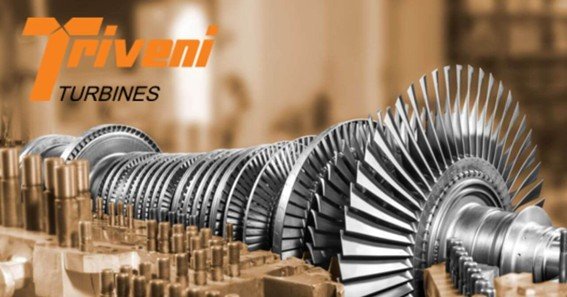Triveni Turbine Limited, a leading manufacturer of industrial steam turbines, has established itself as a key player in the power and energy sector. This article breaks down the Triveni Turbine business model, exploring its revenue streams, market approach, and operational framework.
Key Elements of the Triveni Turbine Business Model
- Revenue Model The Triveni Turbine revenue model is driven by two primary streams:
- Product Sales: Manufacturing and selling steam turbines for power generation, processing plants, and other industries.
- After-Sales Services: Offering maintenance, spare parts, and performance upgrades.
- Business Strategy of Triveni Turbine The company’s business strategy revolves around expanding its market presence by targeting diverse industries such as sugar, paper, and chemicals. This diversification strengthens its foothold and ensures revenue stability.
- Operational Framework The Triveni Turbine operational framework focuses on streamlined production, advanced R&D, and cutting-edge technology integration. This approach enables the company to deliver high-efficiency steam turbines with customizable designs.
- Business Structure The Triveni Turbine business structure is divided into distinct units:
- Manufacturing: Focuses on turbine production.
- Engineering & Design: Handles customized turbine designs.
- Sales & Marketing: Manages client acquisition and global expansion.
- After-Sales Support: Provides lifecycle maintenance services.
- Market Approach and Industry Leadership The Triveni Turbine market approach is customer-centric, offering tailored solutions that meet industry-specific needs. The company’s emphasis on innovation and product development has secured its position in the global steam turbine market, reflecting its industry leadership.
- Product Portfolio and Value Chain Management The Triveni Turbine product portfolio includes turbines ranging from 5 MW to 100 MW capacities. Its value chain management ensures efficient procurement, production, and distribution, optimizing costs and boosting profitability.
- Competitive Strategy Triveni Turbine competitive strategy focuses on leveraging its technological expertise and market experience to outperform competitors. Its integrated service model and strong after-sales support provide a competitive edge.
In conclusion, the Triveni Turbine business model exemplifies innovation and efficiency, driving sustainable growth in the energy sector.
FAQ
- What is Triveni Turbine’s core business model?
Triveni Turbine’s core business model is based on manufacturing steam turbines and providing after-sales services, ensuring long-term customer engagement. - How does Triveni Turbine generate revenue?
The company generates revenue through turbine sales and comprehensive after-sales services, including maintenance, upgrades, and spare parts. - What industries does Triveni Turbine serve?
Triveni Turbine serves diverse industries such as sugar, chemicals, paper, textiles, and energy, ensuring broad market coverage. - What makes Triveni Turbine competitive?
Its competitive edge comes from its advanced technology, robust after-sales support, and customer-focused business approach. - How does Triveni Turbine ensure market leadership?
Triveni Turbine secures market leadership through continuous innovation, strong customer relationships, and expanding its global presence.
Disclaimer: This article is for informational purposes only and should not be taken as financial advice. Always consult a financial advisor for investment decisions.










